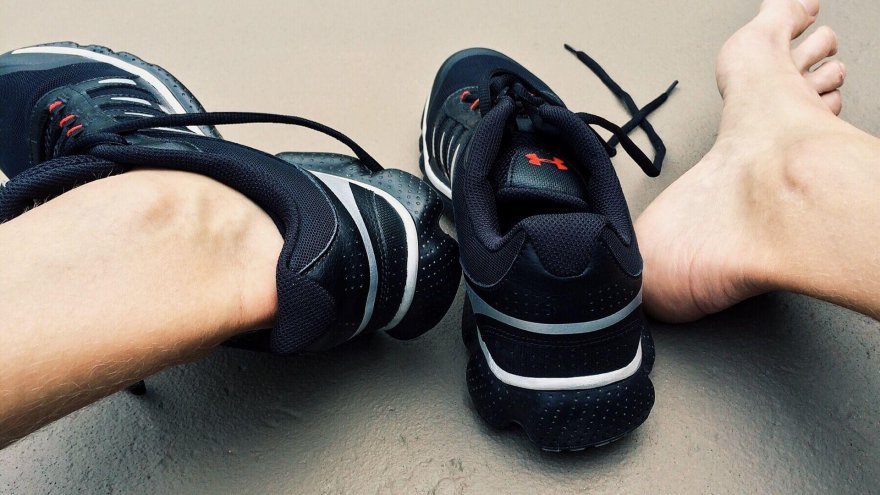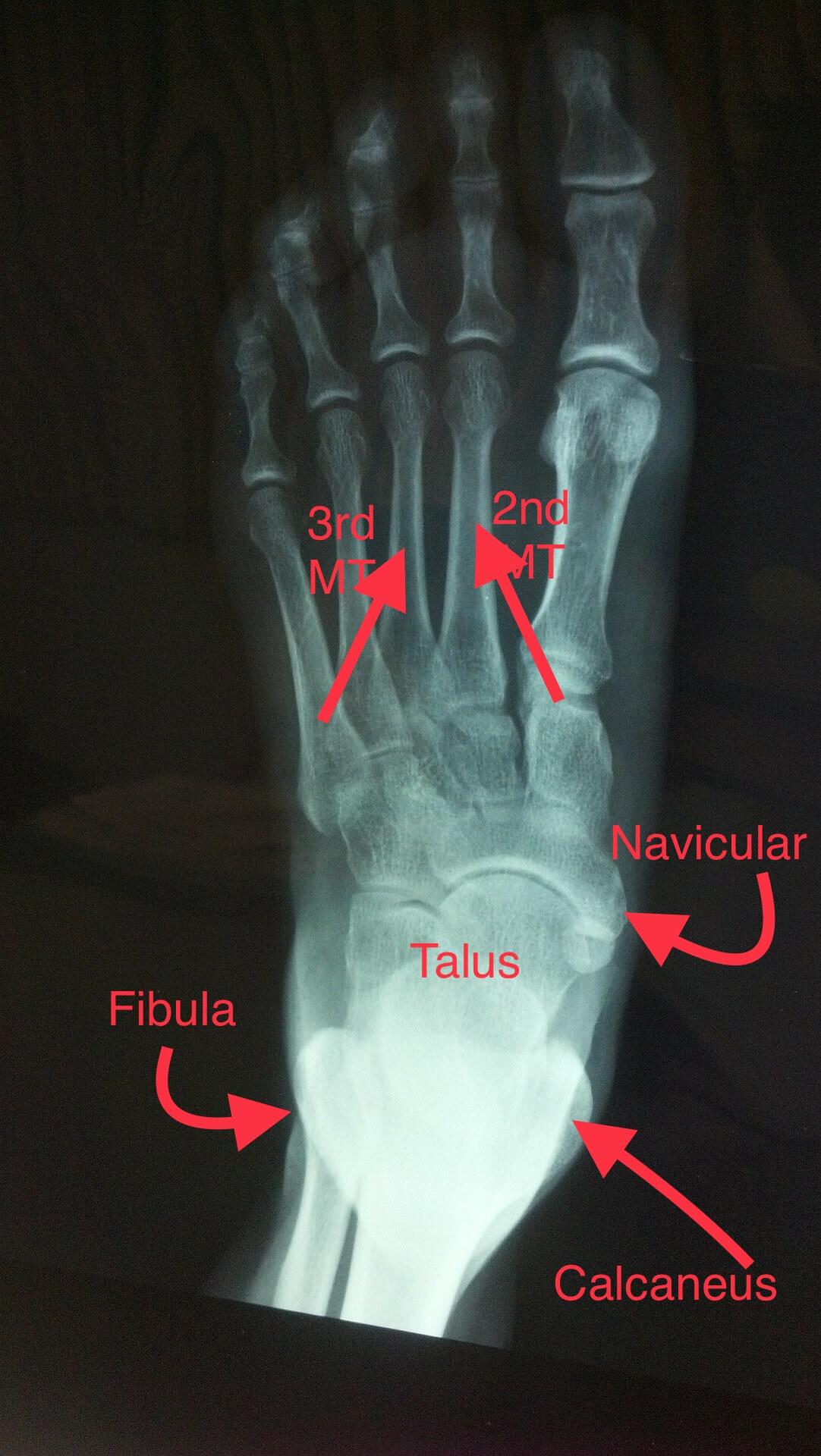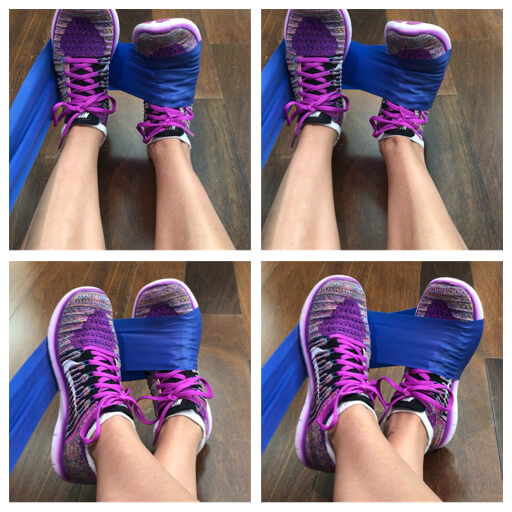Everything You Need to Know About Stress Fractures in the Foot

Every runner’s worst nightmare is coming down with a debilitating injury. Most runners will usually ignore mild and moderate aches and pains that may be associated with running. Some even feel if they simply do not pay any attention, it won’t exist. Unfortunately, there are several common hampering pains that end up being severe injuries that can leave you off of running for many months, and even years depending on how long it is ignored initially. The worst feeling is getting diagnosed with one of these injuries and knowing it could have been something that was easily preventable.
The feet are probably one of the most important body parts for runners. After all, they are the sole weight-bearers of the entire body. The most common complaints involving the foot and ankle are plantar fasciitis, bone spurs, tendonitis, and stress fractures. Most of these conditions tend to begin developing gradually, either from improper footwear, increasing mileage and intensity too quickly, or poor body mechanics. For the majority of cases, a few days off of running, adding in some icing and physical therapy, and changing shoes may heal the injury and prevent it again in the future. Stress fractures in the foot are one of the diagnoses that unfortunately require much more attention.

Causes
The most obvious reason stress fractures of the foot are extremely common in runners is due to the repetitive stress and pounding involved in the sport. In the case of distance runners, such as marathoners and especially ultra marathoners, there is the problem of building up weekly mileage and incorporating different intensities too quickly. Just as muscles require proper strength to withstand training increases, bones do as well. When the bones are not strong and durable enough to withstand these intensities and high mileage, they are susceptible to developing stress fractures. If the muscles and tendons around the vulnerable bones are also not prepared to withstand certain activities, they will pull tightly onto their insertion points on the bones and cause fractures this way. Basically, weakness is the main cause of stress fractures.
Poor bone density may also increase the risk of developing a stress fracture in any part of the body. Studies show that female athletes have a higher risk due to decreased bone density, usually from the condition known as “the female athlete triad”. This condition consists of poor dieting leading to eating disorders, menstrual problems, and premature osteoporosis. This is normally seen in younger women and teenagers. A poor diet in general and taking certain medications can also have a negative effect on bone density.

There is also a high risk of developing a stress fracture during the transition of training on one surface to another. A common example is runners who train on the treadmill for the most part in the winter months and then switch back to the road once the weather is more comfortable. If this change occurs too abruptly and the bones and muscles are not prepared, it will most likely cause stress to the vulnerable areas. The same goes for switching to and from the track and road running. If this change occurs in poor shock-absorbing shoes, the risk of incurring a stress fracture is doubled.
Yet another high-risk factor for stress fractures of the foot is the presence of another injury, pain, or abnormality. If there are any other issues in the body, especially in the foot or ankle joint, it will impact the way one lands and pushes off during the running cycle. Examples of these conditions are bunions, bone spurs, tendonitis, or other inflammation or pain. As mentioned earlier, the feet carry the weight of the entire body, therefore, any issues in the joints above, including the knees, hips, or spine, will alter how we step whether we are running or walking.

Symptoms
The most common site of a stress fracture is usually in the second or third metatarsal bone of the foot since this is the area that absorbs the most pressure during push-off while running and walking. These two bones are much thinner than the rest so they are vulnerable to fracturing. The pain is usually felt at the top center of the foot closer to the toes, especially when moderate to deep pressure is applied. Other less common sites where stress fractures may occur are at the heel bone (calcaneus), the outer ankle bone (fibula), a small bone at the inside part of the foot called the navicular, or at a small bone underneath the two lower leg bones called the talus. The pain for these fractures is felt right at the site of the fracture and may radiate down to the toes.
Pain from a stress fracture will worsen as an activity is continued and subsides during rest. Although not initially, bruising and swelling is also common. If the pain is ignored and the weight bearing causing the pain is prolonged there an extremely high risk of a complete fracture occurring. The continued activity will cause the area of the stress fracture to continue weakening and risk other problems to develop since the pain will eventually alter running mechanics.

Treatment
If there are any signs of a stress fracture, it is important to see a medical specialist for a proper diagnosis and treatment. From the onset of pain, the number one step is to avoid the aggravating activity. Unfortunately, this means running is out of the question. Keep in mind, if you continue to run and test out the pain, you are putting yourself at risk to completely fracture the bone and prolong the rehabilitation.
As with most injuries, icing and elevating the foot are also part of the initial rehab, especially if there are signs of swelling and bruising. Once diagnosed, the foot may be placed in a walking boot or other brace and activity will need to be altered to either modified or non-weight bearing exercises. Typically a stress fracture will heal within six to eight weeks if following the rehab protocol correctly, but following up with X-rays is the best way to make sure it is healed completely.
Since a major cause of stress fractures is an improper training regimen, it should be the first line of defense when healed and to prevent this injury. A good rule of thumb when increasing mileage is to stick to a 5-10% increase each week, with a lower mileage week every few weeks. If much of your training has been performed on the treadmill or track, and you would like to get back to road running, beginning with one short run initially is best. The same 5-10% increase should be incorporated into this situation as well. It is a smart idea to include cross-training every few days such as pool walking, cycling, or using the elliptical.

Muscle strength plays a big role in the protection of bones during running and high impact activities. There are 26 bones in the foot, which means there several tendon insertions. The small muscles in the foot are known as the intrinsic foot muscles, ones that are commonly ignored when exercising. Most exercise programs include ankle strengthening limited to heel raises for the calves.
The best way to ensure hitting all muscles that stabilize the foot and ankle joint is to work in all planes—as shown in the above images. The simplest way to strengthen the intrinsic foot muscles is with an exercise called towel pickup. Place the foot over a towel on the floor and curl the toes as if trying to pick up the towel. Other great ankle and foot strengthening exercises include standing on unstable surfaces such as a balance disc or foam mat to perform a variety of exercises.
As with many other injuries, especially those brought on by muscles and bones unprepared for running, the general strength of the entire body is necessary. The body is all connected and weakness in one joint can definitely affect another over time. Stress fractures in the foot can happen either by over-compensation or altered running mechanics. Stress fractures should not be ignored, as they will most likely lead to a complete fracture and injury to surrounding areas. This will only prolong the healing time and delay reaching your ultimate goals.
Sources
Latest Articles
 Is Running on a Treadmill Easier Than Running Outside?Runners have their own preferences, whether it is treadmill running, running outside on the road, or exploring trails. So...
Is Running on a Treadmill Easier Than Running Outside?Runners have their own preferences, whether it is treadmill running, running outside on the road, or exploring trails. So... Is It OK to Use Trail Running Shoes on the Road?While trail running shoes can be used on roads, especially in situations where a runner encounters mixed terrains or pref...
Is It OK to Use Trail Running Shoes on the Road?While trail running shoes can be used on roads, especially in situations where a runner encounters mixed terrains or pref... How to Fix Sore Quads After Running?Rest, ice, gentle stretching, and over-the-counter pain relievers can help soothe sore quads after running. Also, ensure ...
How to Fix Sore Quads After Running?Rest, ice, gentle stretching, and over-the-counter pain relievers can help soothe sore quads after running. Also, ensure ... 10 Fruits With The Most Electrolytes to Replace Sports DrinksThese fruits are high in electrolytes such as potassium, magnesium, and calcium, essential for hydration, muscle function...
10 Fruits With The Most Electrolytes to Replace Sports DrinksThese fruits are high in electrolytes such as potassium, magnesium, and calcium, essential for hydration, muscle function...

